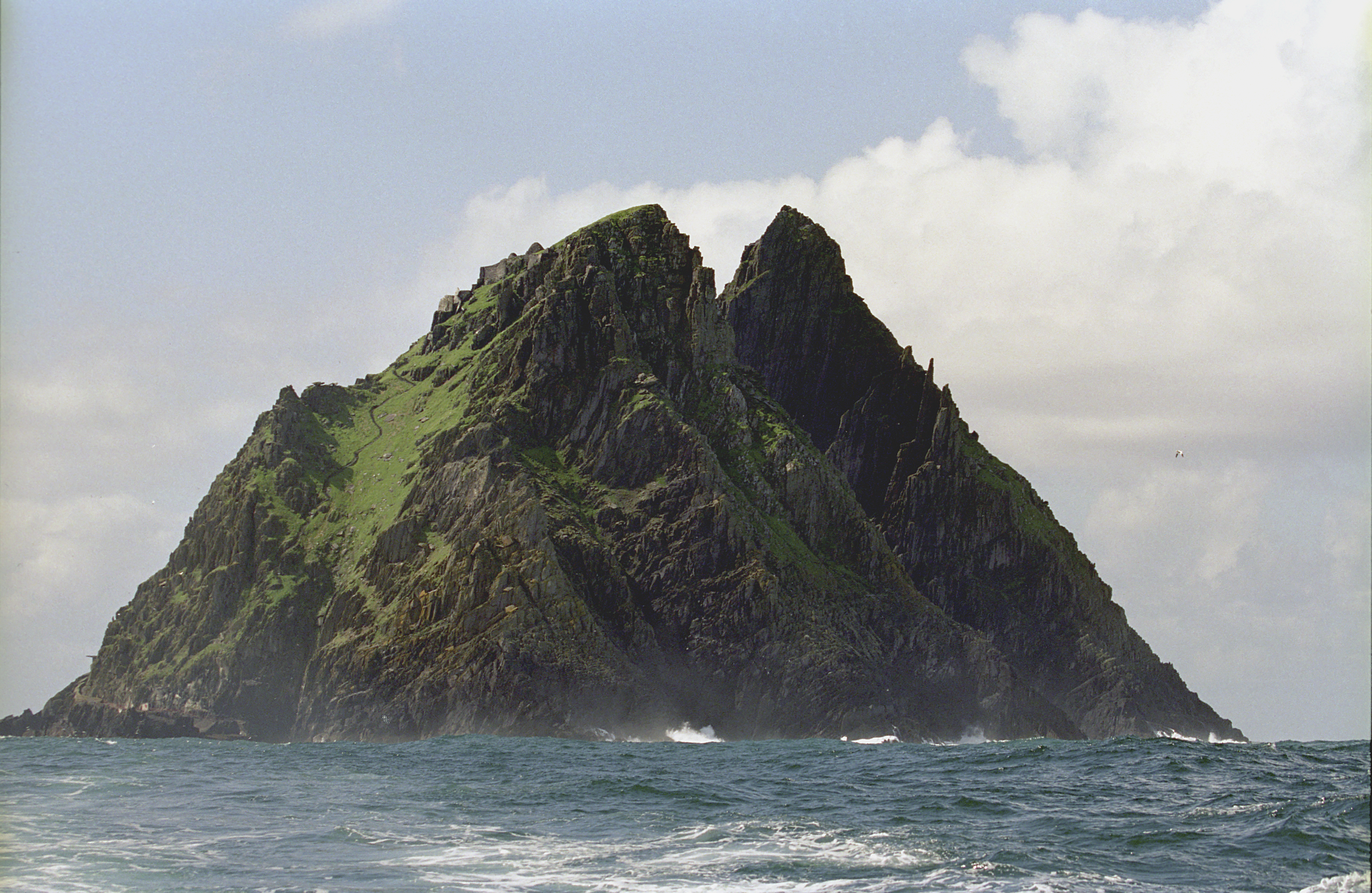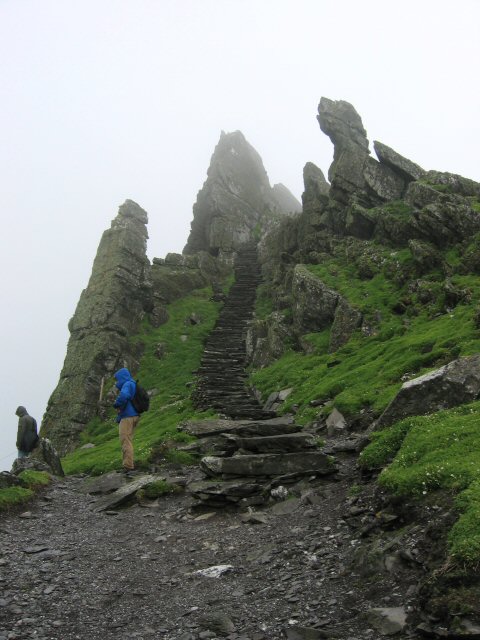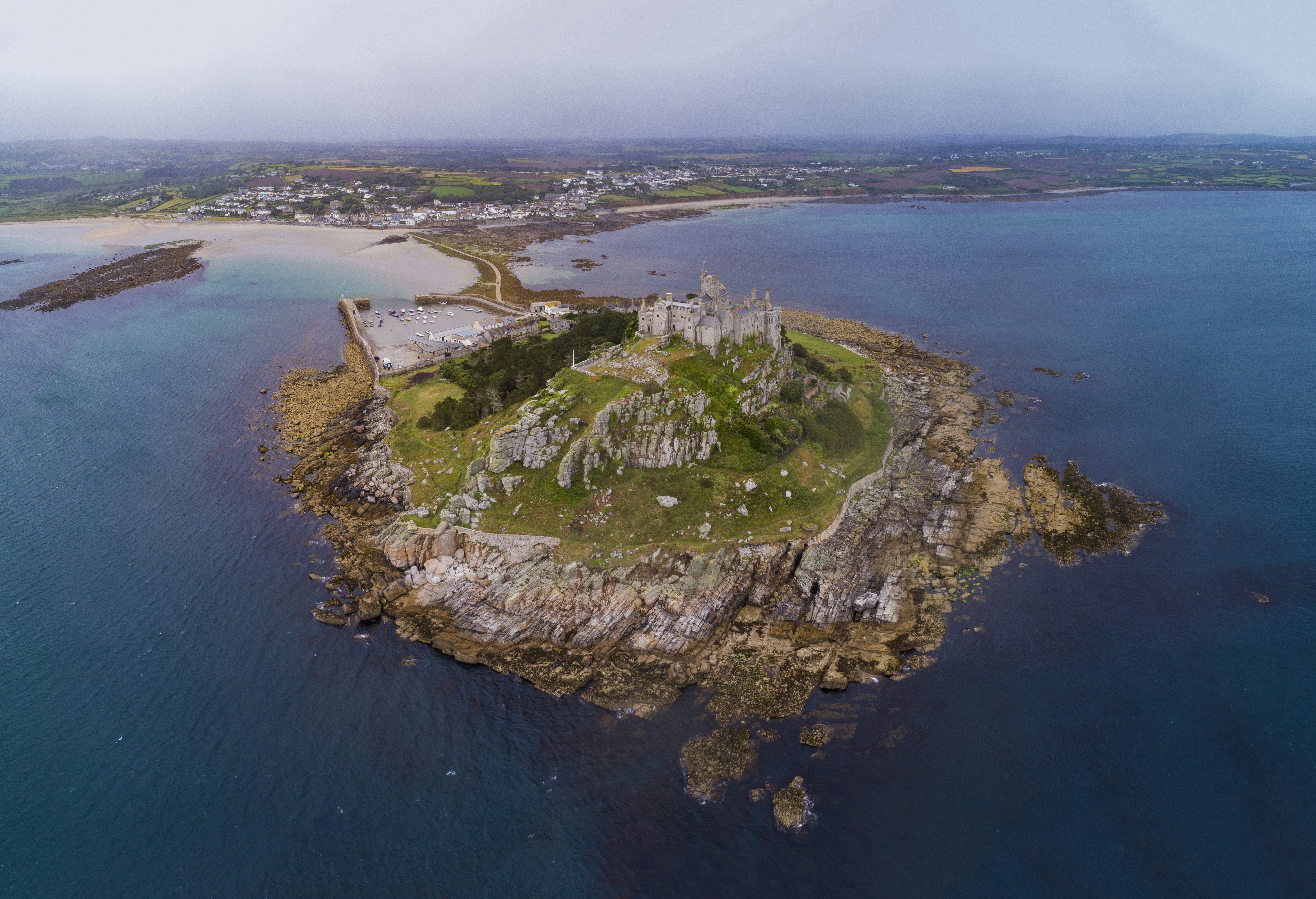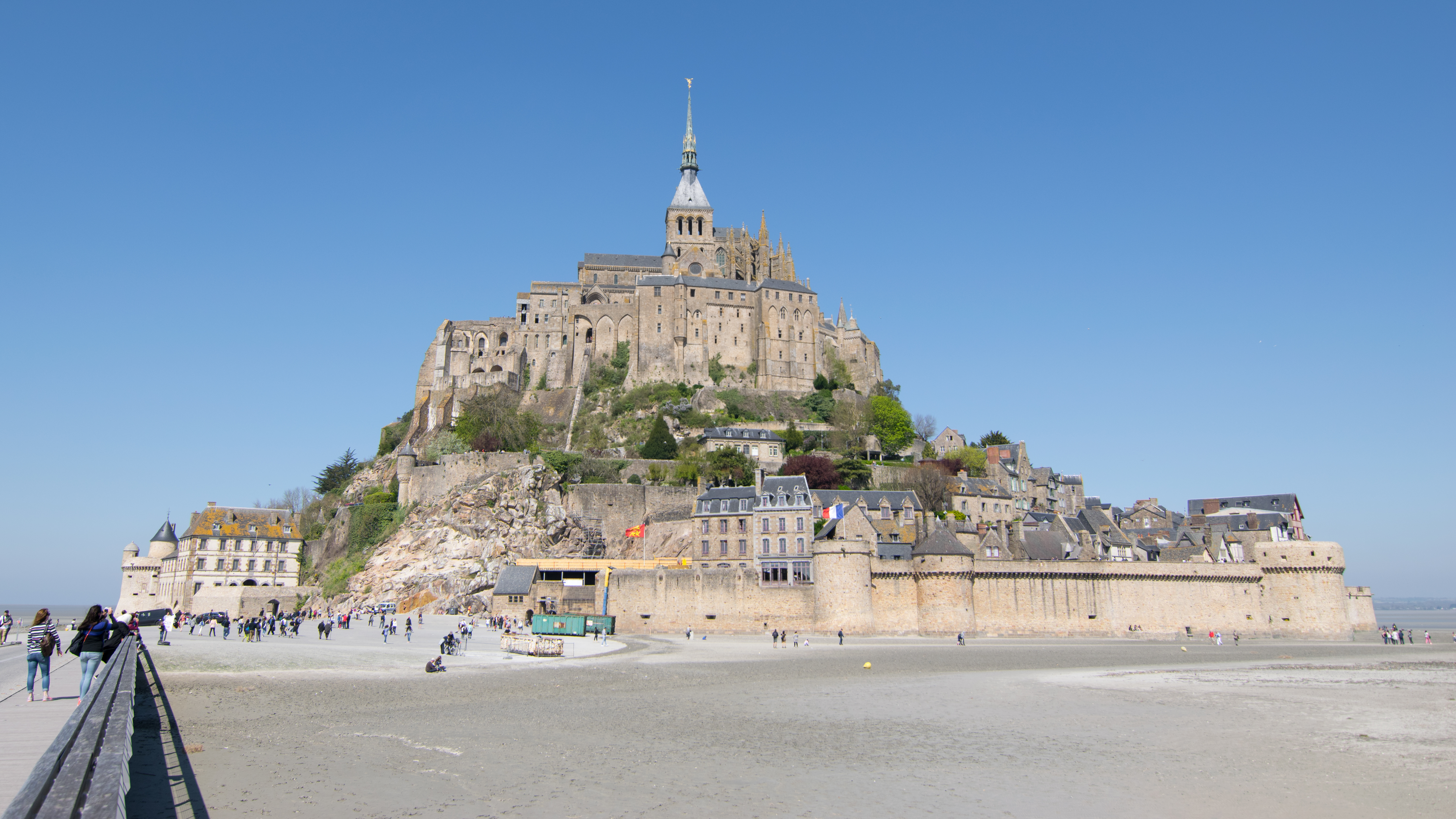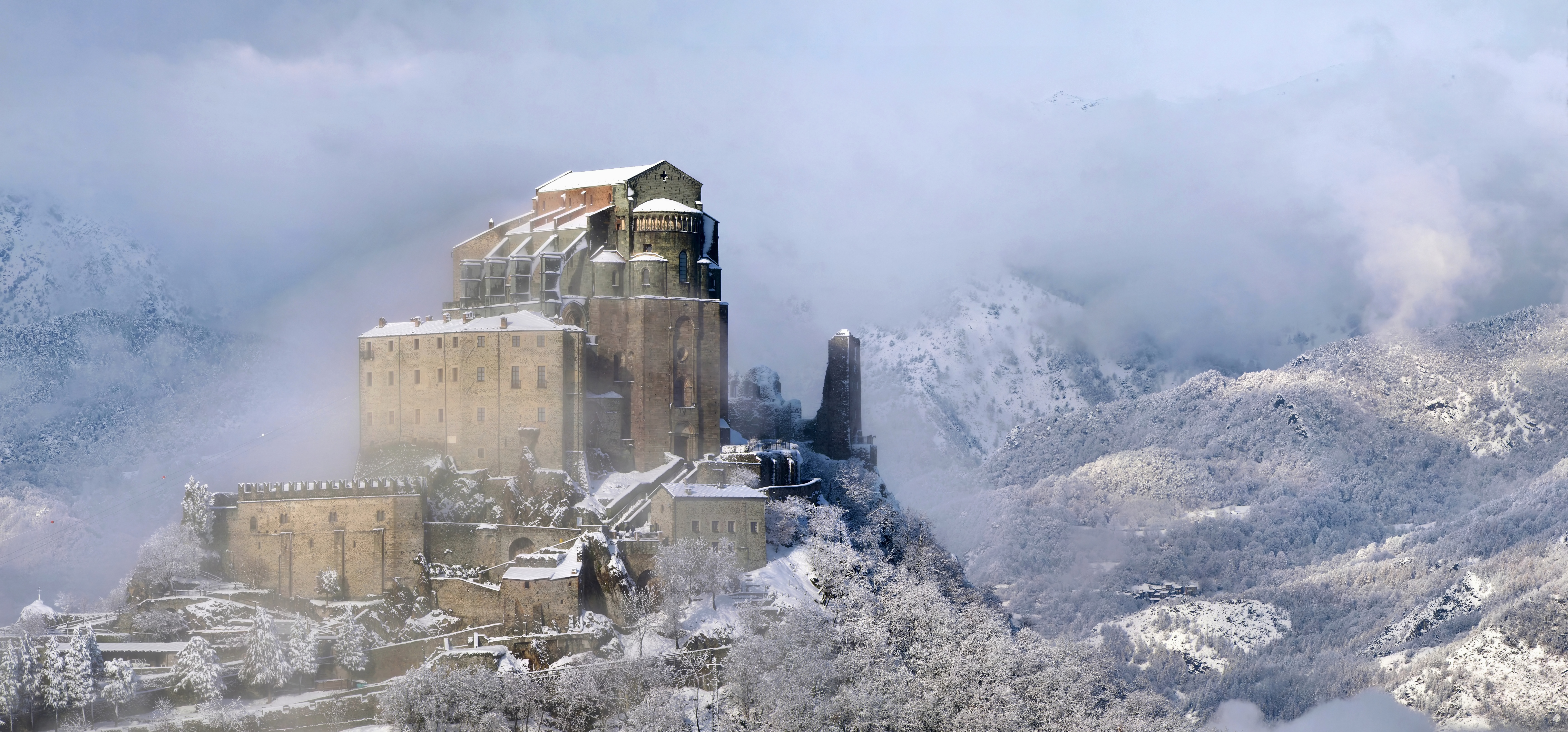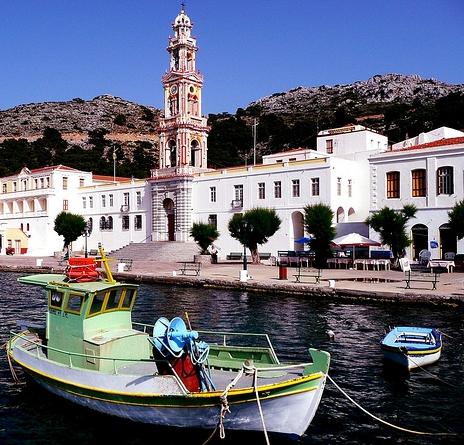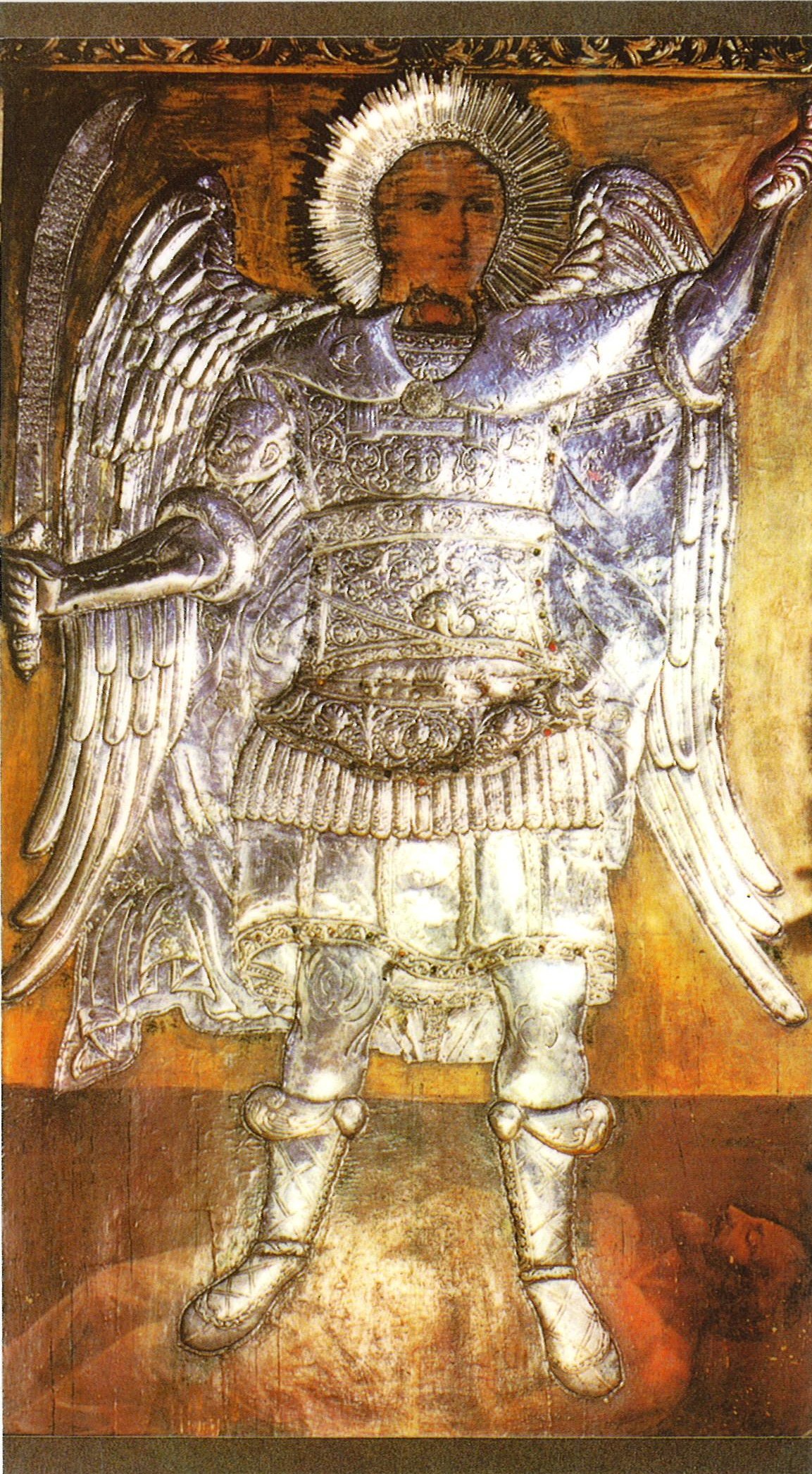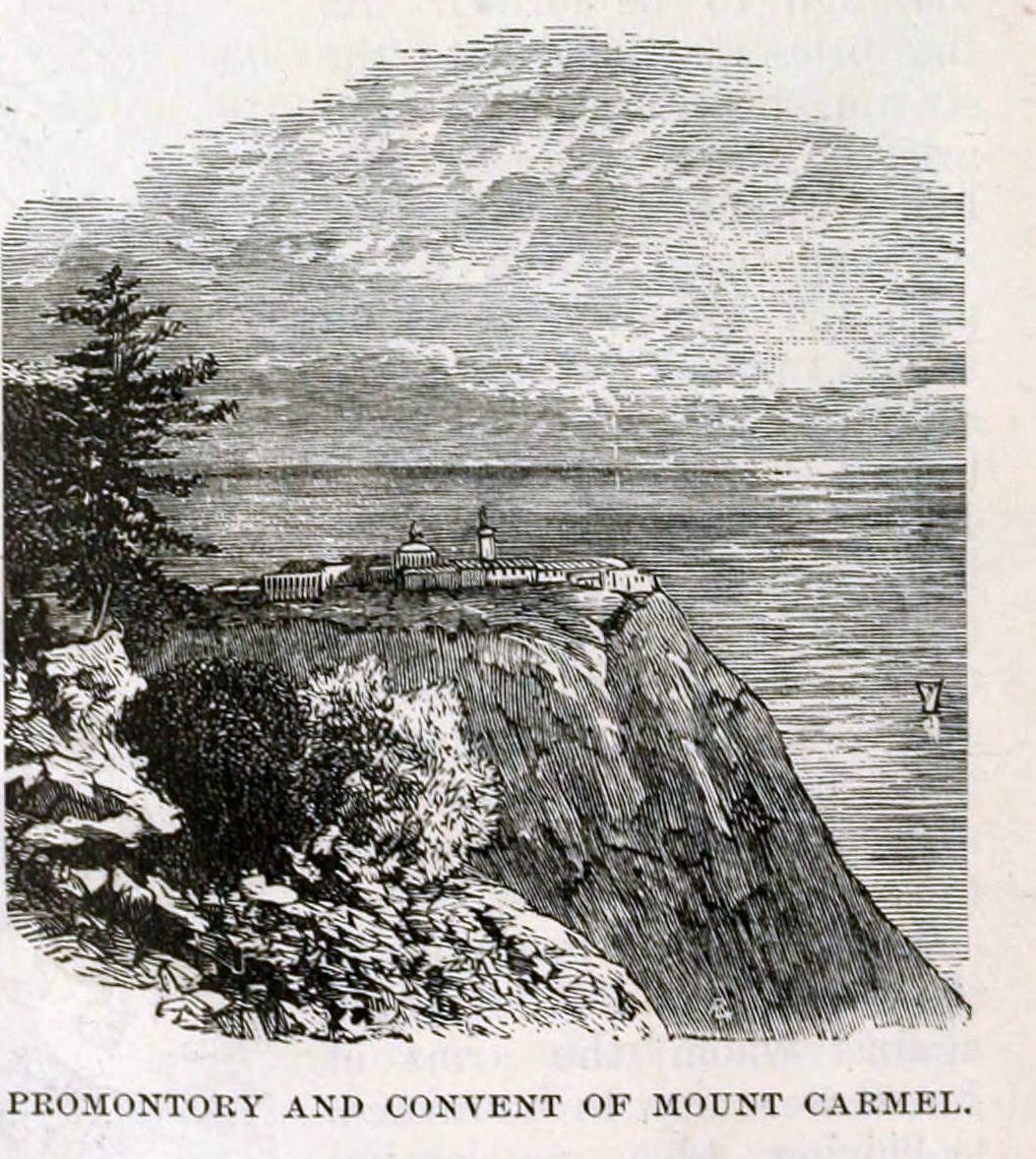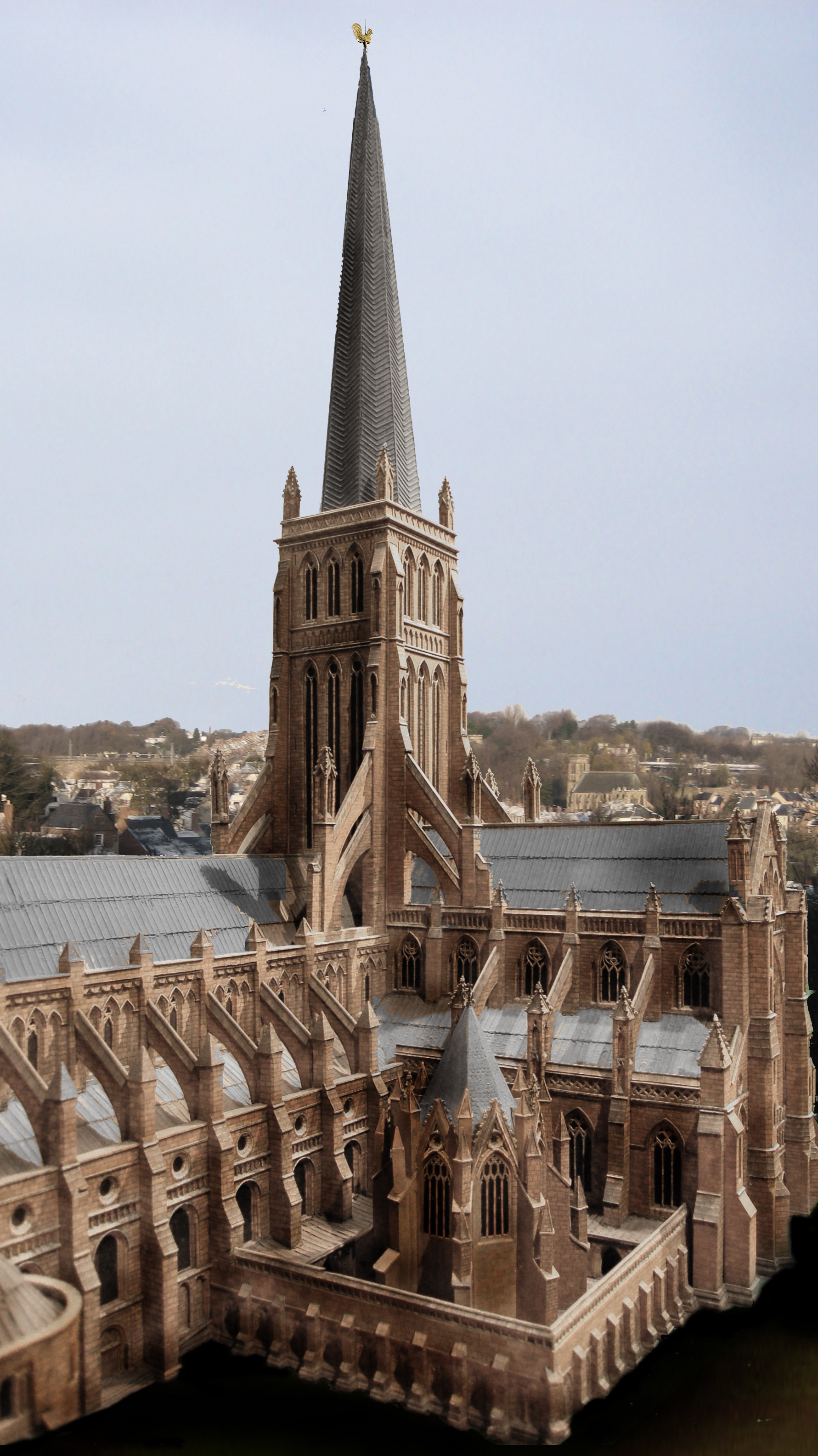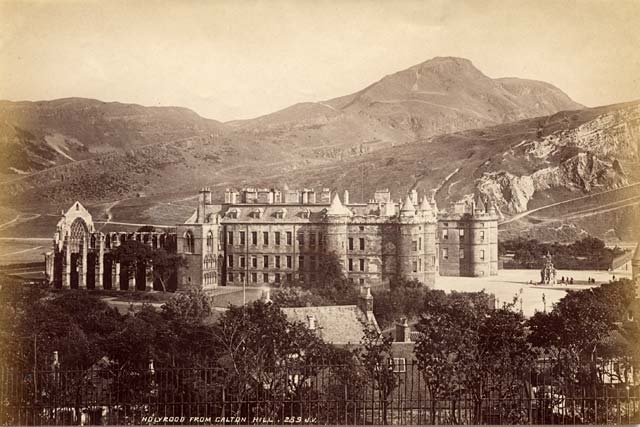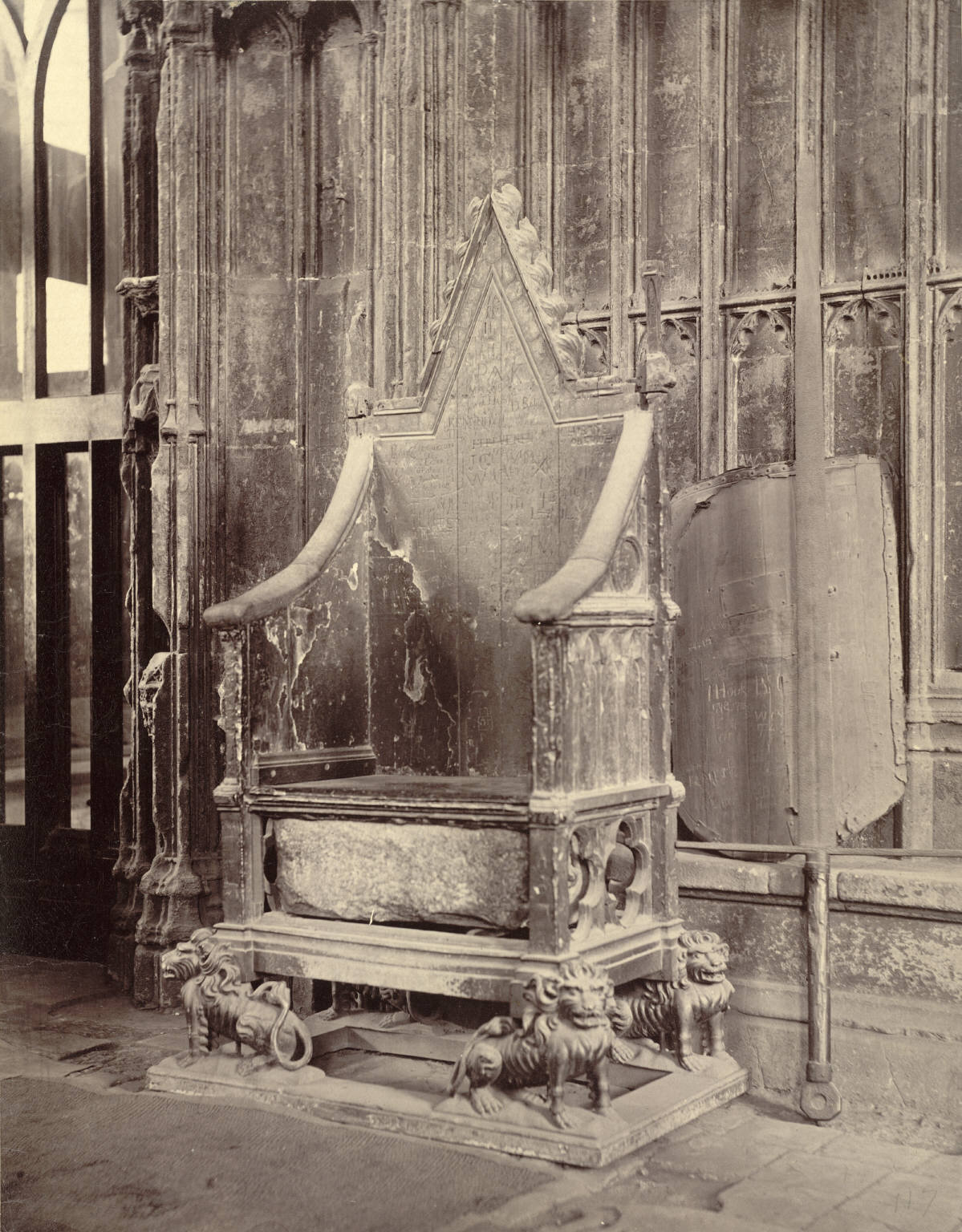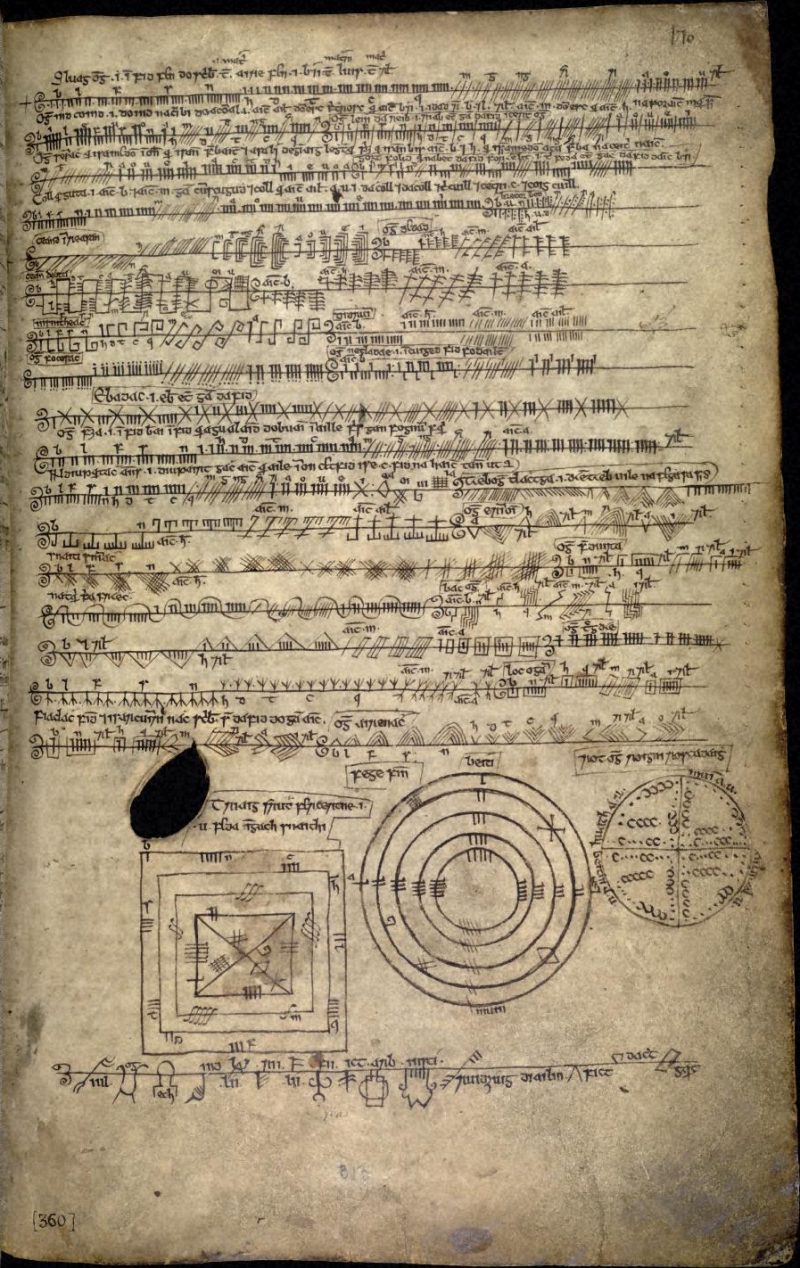Previously, I have talked a lot about Middle Eastern and some African works in this series about the Apocrypha/Pseudepigraph. Now for something from a lot further west.
For the purposes of this post, "Celtic" would include:
* Ireland, Wales, Brittany, Scotland (including the Lowlands), Isle of Man, Cornwall - these all retained a Celtic language and culture into modern history.
* England (especially the north and west... beyond Cornwall), much of France, north west Iberia (Portugal, Galicia, Asturias), the Channel Islands ‐ these areas didn't tend to retain the language but did retain some legends, and there are obvious Celtic place names in all of these places.
I have covered some of these ideas already in the thread I previously wrote about Scotland's Biblical connections.
viewtopic.php?t=65207
In this one I will try and go at it from a slightly different angle.
Summary
As with some of the other posts in this series like the one on Biblical legends in the Koran, this will be a work in progress. The Celtic regions converted to Christianity early on, certainly before Scandinavia, the Baltic countries and much of Russia. There is evidence of some ancient connections to the Middle East, instead of desert monasteries, the tendency was for their monks to go out into small remote islands such as Skellig Michael, Lindisfarne, Iona, Bardsey and so on.
* Origin legends. How Celtic peoples related to Biblical tradition.
* Flood myths. Most Celtic cultures have legends about inundation e.g. Lyonesse (Cornwall), Ys (Brittany), the lands off Cardigan Bay (Wales). The Irish also have legends about Noah.
* Legends about Jesus, Paul and others visiting. I used to think these were very far fetched, but it is worth remembering that the Romans conquered some of these territories in the early Christian period. It would have certainly been feasible for Paul to visit London.
* Arthurian Cycle & Holy Grail: most Arthurian legends are not about the Bible, but the Grail Quest is a major exception. The Grail also has later alleged connections to England's West Country and Rosslyn Chapel in Scotland.
* Lia Fail (also known as Stone of Scone, Coronation Stone, Jacob's Pillow etc)
* Pontius Pilate
* The tradition of the cross at Holyrood (near Scottish parliament)
* Gomer and Cymru (Wales)
* Miscellaneous Biblical legends.
* The Michael Line
I'll also throw in something about William Comyns Beaumont who had some curious ideas.
There are a surprising number in these regions, especially Celtic speaking areas which retained a long oral tradition. Some of these legends have not been written down or are little known. There are some which have probably been lost recently. But some are still in circulation. One of the users on here, "the Christian", is aware of these legends among Scottish travellers. A lot of the legends of the travelling peoples are badly recorded, and there are several branches of them which have almost been completely lost (there used to be sea travellers who plied the west coast, which are AFAIK now completely gone, with their culture.) Some were gypsies and some not.
Pontius Pilate and Fortingall One old Scottish legend states that Pontius Pilate was born in the village of Fortingall in Perthshire. The tradition is that he was born to a Roman soldier and a local woman, possibly a chieftain's daughter.TheChristian wrote: ↑February 10th, 2022, 4:52 pm The Travelling/Gypsy people of Great Britain have oral traditions that their forefather was Abraham thru Ishmael .....
Its said that the Travelling clans of Scotland were the first peoples to set foot in that land, that they once ruled it in the mists of time ..............
Fortingall is a pretty village. I have been there a number of times. It is most famous for its yew, which is thousands of years old.
Did Pilate come from here? I think not. There is better evidence he came from Seville in Spain. Fortingall would have been well outside the Roman zone at that time, further north than the Roman Empire ever came although they did launch expeditions into northern Scotland and fight battles there. There may have been an outpost at Perth itself (Bertha), but the most northerly limits were between the Forth-Clyde Isthmus along the Antonine Wall which is a good distance away. Even that was intermittent, with Hadrian's Wall (now south of the Scottish border) being the main boundary for most of the Roman Occupation.
Fortingall is in hill country. It would have been extremely remote and barbaric. It is possible Roman soldiers may have raped or even married local women, but unlikely that one their children would have ended up in a role like Pilate's.
One of the Perthshire water sprites is called Peallaidh (pronounced "Pelly"), and gives his name to the nearby Obar Pheallaidh or Aberfeldy. Is it possible that someone confused Peallaidh and Pilate? There is a similarity in the names. Perhaps Peallaidh was originally connected up with the yew and was a pagan deity there.
The Michael Line
There are two supposed Michael Lines, dedicated to the archangel. Some of those who believe in these think that they will play some kind of role in the Apocalypse with St. Michael destroying the dragon.
Here is the less significant one. It runs from Cornwall into East Anglia. By the looks of it, it probably ran into the Isles of Scilly once. (Scilly is the green dot in the bottom left of the screenshot. It used to be a much bigger landmass within the Bronze Age and even Roman times. It is now fragmented into many islands.) I'm sceptical of this one in a way, since churches dedicated to St. Michael are very common. However, Glastonbury Tor (top) is a significant point on it, as is Avebury Stone Circle. Glastonbury has associations with Jesus and Joseph of Arimathea, St. Michael and is now a mecca for mystics and music fans. Here is the other one, which is much cooler. It runs through some amazing locations. This video is worth watching for the locations alone, whether or not you subscribe to this idea. This greater line has been traced from Skellig Michael, off SW Ireland, through St. Michael's Mount in Cornwall, Mont St. Michel in Brittany through various continental churches and so on, into the Middle East. Many of these are dramatic places unlike most of the ones in the previous video. I know some have traced the line even further than this video and connected it to an Icelandic location and ones in the Arabic lands and Indian Ocean. (Under 8 minutes)
Short summary of some mostly Cornish legends, including the Pontiesu (sp?), which means in the Cornish language "Jesus' bridge." This area intersects with two of the Michael lines, mentioned above. (3 minutes approx.)

